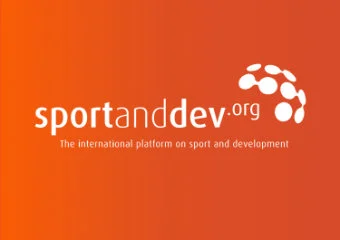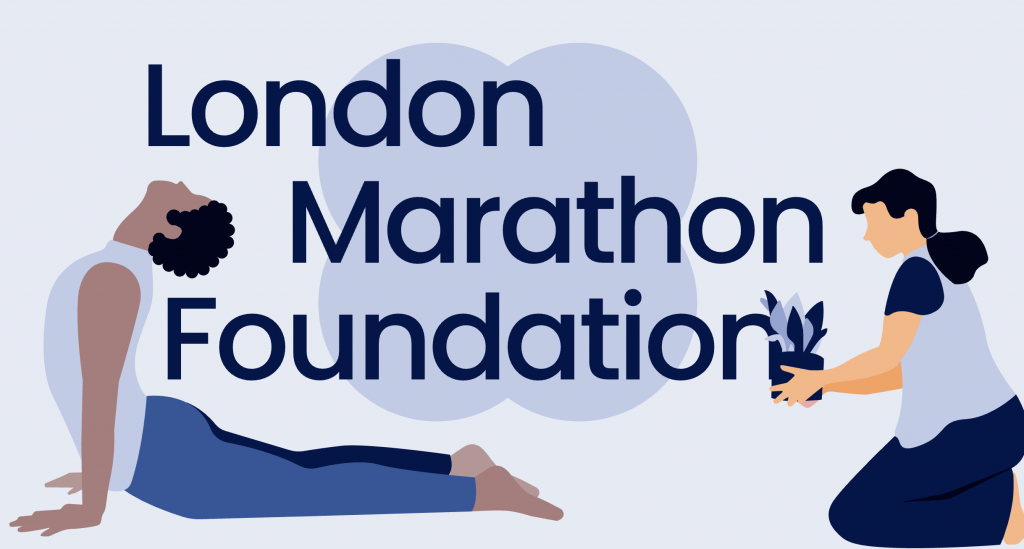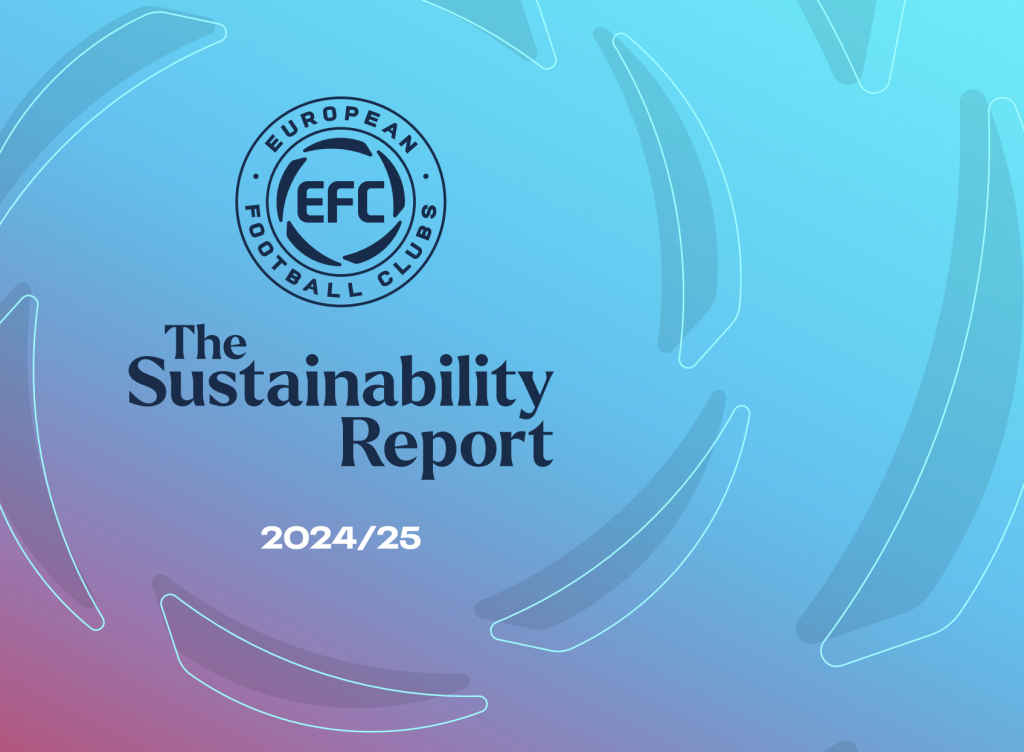To access our unique news archive of over 1,400 articles with insights on over 500+ sustainable sports organisations, join the GSS Network today.
Login here if you are a registered network subscriber.
News article
Sport at a Crossroads: Is it a Health or Entertainment Product or more than that?
The global sports industry stands at a pivotal moment, a defining crossroads in its history. For the last thirty years, its identity has been relentlessly shaped by spectacle and the ever-escalating value of media rights, creating a commercial powerhouse projected to grow from $470 billion in 2024 to nearly half a trillion dollars by the end of 2025. It has become, by its own admission, an "entertainment industry," obsessed with media, broadcast, and sponsorship deals.

However, this staggering figure masks a deeply unequal reality. The industry operates on a stark 80/20 principle, where the vast majority of revenue is concentrated in the hands of an elite 20%: major North American leagues, top-tier European football, and global mega-events. Meanwhile, the remaining 80%, smaller leagues, national federations, and grassroots clubs, often operate on precarious budgets, struggling for survival.
In this single-minded pursuit of commercial growth, has sport severed its connection to its most fundamental purpose? This narrow focus has precipitated a profound identity crisis, creating a disconnect from its core role as a driver of health, community, and well-being. A new vision is urgently needed, one that sees sport re-evaluate its role and embrace a more purposeful future.
Redefining Value: Sport’s Trillion-Dollar Cross-Sector Impact
To understand the scale of this missed opportunity, sport must look beyond its own identity and see its value within the context of other, far larger global sectors. The crisis stems from valuing itself almost exclusively on its entertainment merits, not its profound societal impact. When viewed through a cross-sectional lens, sport’s true value is not half a trillion dollars, but a multi-trillion-dollar influence across the global economy.

- The Health Industry: The colossal $7 trillion health and wellness market dwarfs’ sport’s valuation. This financial chasm represents a strategic imbalance between a reactive model that treats sickness and sport’s proactive role as the most potent engine for preventative health on the planet. Every investment in participation is a future saving in healthcare
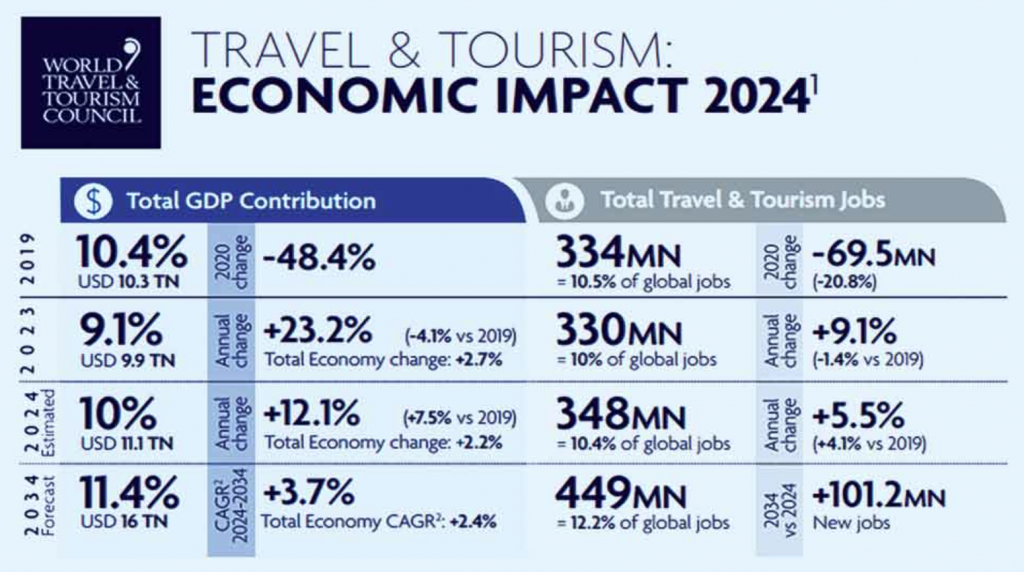
- The Tourism Industry: In 2025, tourism is forecast to contribute a staggering $11.1 trillion to global GDP. Sport is a primary driver of this sector, with the dedicated sports tourism market alone valued at over $1 trillion annually. Mega-events and active participation in marathons or skiing holidays underpin a massive portion of global travel.

- The Environmental & Clean Tech Industry: The $6-7 trillion market for clean energy and environmental services provides another arena for sport’s influence. As a massive consumer of resources with a highly visible platform, sport can be a key participant in the green transition by building sustainable venues and promoting eco-conscious behaviour to its billions of fans.
This disconnect begins with how the sports industry communicates its own value, a process trapped by its media and entertainment focus.
The Entertainment Trap and the Crisis of Communication
The success of the sports industry is undeniable, but the metrics used to define it tell a limited story.
Speaking at a recent sports and innovation roundtable in London, Mike Laflin, CEO and founder of Global Sustainable Sport, explained that “For decades, the value of sport has been overwhelmingly framed through a narrow commercial lens, focusing on broadcast rights, TV viewers, sponsorship deals, and sponsorship exposure”. According to Laflin, this has led to a communication strategy that is often “very confusing”, leaving stakeholders with a fragmented understanding of what the industry truly stands for.
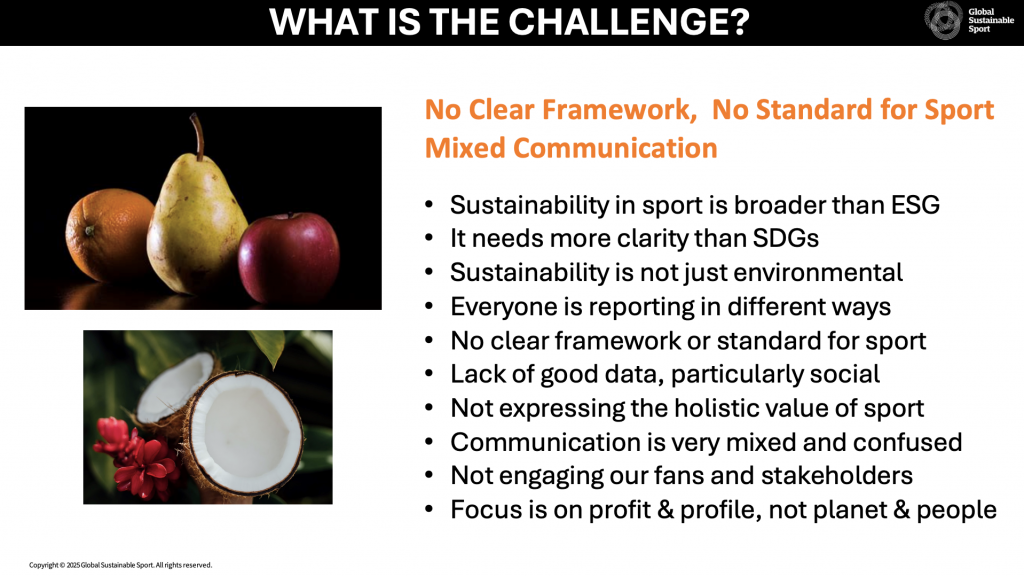
Nowhere is this confusion more apparent than in sustainability. The term is often diluted to mean only “environmental sustainability”, with major organisations like the IOC and other federations, teams and clubs producing glossy ‘sustainability’ reports that are almost exclusively environmental. This isn’t to diminish the critical importance of environmental action, but he argues it sends “some very confusing messages “, creating the impression of a holistic approach while ignoring the vast social and community-based impacts that are central to sport’s DNA.
This is compounded by an absence of standardisation in reporting. Laflin stresses that for credibility, “we need to be able to have standard information”. He offers a pointed example from North London, where Tottenham’s reported GHG emissions are four times higher than Arsenal’s, simply because they include fan travel while Arsenal does not. This isn’t just an accounting issue; it strikes at the heart of the industry’s credibility. The current model has left sport “really poor at expressing” its most profound stories.
“Health isn’t actually something that we really focus on, despite promoting activity all the time. Sport is, fundamentally, a 'health product' that it has failed to market."
The £200 Billion Question: Neglecting a Core Health Identity
Sport’s entertainment-first identity has directly led to the neglect of its connection to public health. In the UK, approximately £200 billion is spent annually on the National Health Service (NHS), a system overwhelmingly geared towards treating sickness, while a mere £2 billion is spent on sport. This 100-to-1 disparity leads Laflin to ask, “Could you imagine if we didn’t put all of that 200 billion into sickness” and instead invested more in the preventative power of health and physical activity?
This is a strategic failure of the industry to articulate its own value. Laflin points out that, paradoxically, “Health isn’t actually something that we really focus on,” despite promoting activity “all the time”. Sport is, fundamentally, a “health product” that it has failed to market. While elite athletes at major marathons generate “the TV eyeballs”, the immense mental and physical health impact of the thousands of other participants is often an afterthought. This neglect comes when the world faces crises of obesity, inactivity, and mental health challenges, issues sport is uniquely positioned to address.
A New Playbook: The 7 Sustainable Pillars of Sport
To navigate this identity crisis, the industry needs a new playbook, a practical framework to guide it towards a more holistic future. To meet this need, Global Sustainable Sport (GSS) has developed its 7 Sustainable Pillars of Sport model. This framework helps sport understand its true value and engage the whole organisation, breaking down the internal silos that often prevent progress, where one department is unaware of the vital sustainability work being done by another.
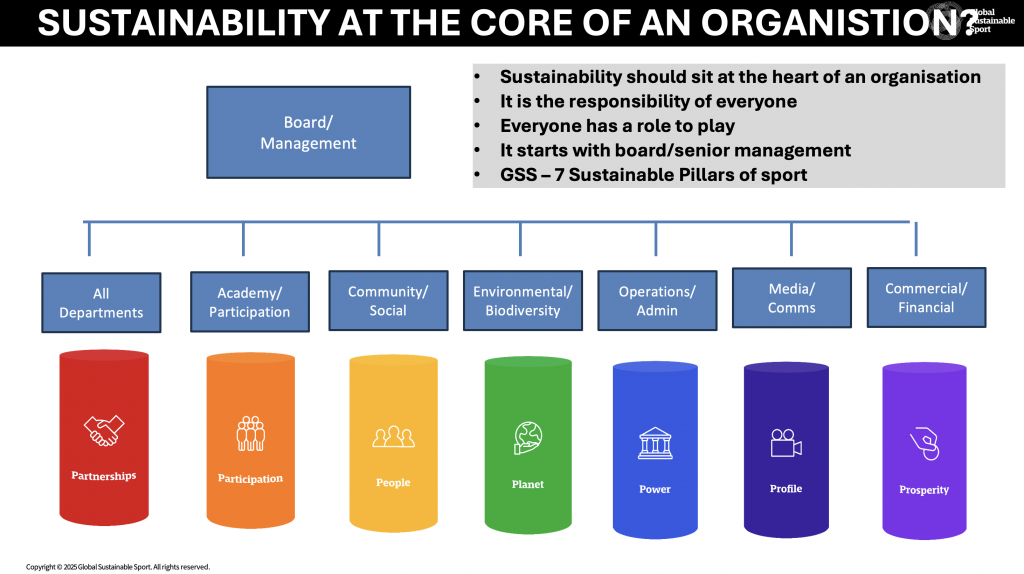
The GSS framework allows an organisation to leverage its unique assets, particularly those undervalued in the ‘entertainment’ era. Three pillars are especially distinct to sport:
- Participation (Sport): This pillar directly tackles the health crisis by repositioning physical activity as a strategic priority. It recognises, as Laflin puts it, that getting people active is “one of our key assets as an industry” and must be measured, valued, and invested in. It shifts the focus from the elite few to the active many, unlocking sport’s potential as a primary tool for preventative mental and physical health.
- Profile (Media): Sport’s most unique asset is its incredible global platform, its ability to “reach probably half the world’s population”. The Profile pillar provides a strategy for using this influence for more than just marketing. It is about transforming communication into a vehicle for education and inspiration, engaging those “four to 5 billion fans over the world” in a shared vision for a healthier and more sustainable future.
- Partnerships (Working Together): Inspired by the UN SDG 17, this pillar codifies the need for collaboration. The challenges facing the world are too big for any single entity to solve alone. True impact comes when the industry works collectively, connecting suppliers, governing bodies, clubs, and fans in a shared mission.
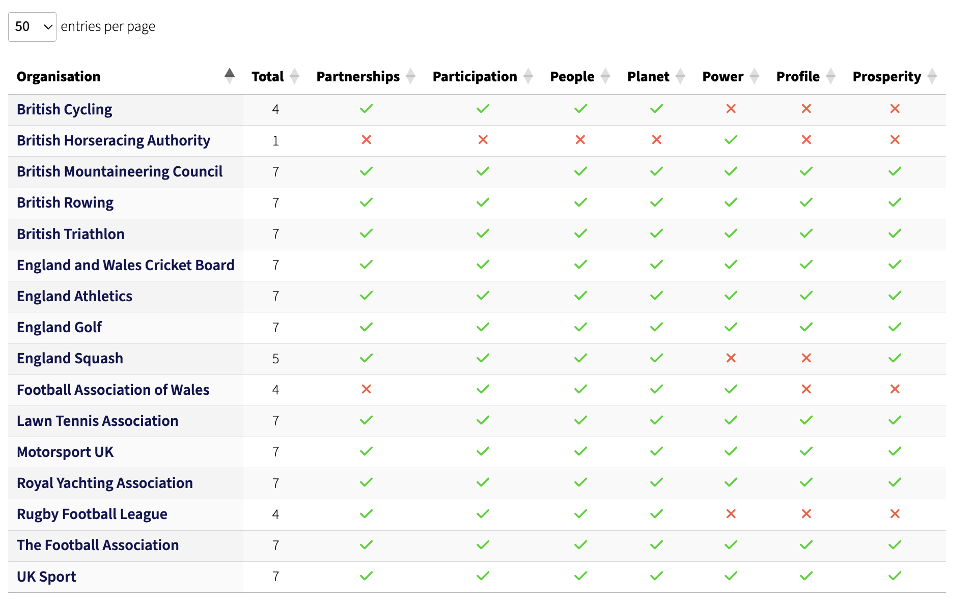
These are anchored by four other foundational pillars: People (delivering tangible social outcomes), Planet (environmental stewardship), Power (good governance and integrity), and Prosperity (a sustainable financial and economic model).
This comprehensive approach is more tailored to the industry than a standard ESG model, which fails to capture sport’s broader societal impacts, and is more focused than the broader UN SDGs.
Together, these seven pillars provide a clear, sport-centric roadmap. The framework forces an organisation to look both inward and outward, connecting its disparate departments, and building a unified strategy and approach. It is the tool that allows sport to finally get a “collective view” of its total impact and articulate its value in a powerful and universally understood way.
This is more than just a corporate social responsibility exercise; it is a fundamental re-imagining of what sport is and what it can be. What its product really is. It is a pathway to creating deeper engagement with its billions of fans, building more resilient organisations, and unlocking new forms of value.
A New Role for a New Era
The choice facing the sports industry is not a simple binary one between health, environment, tourism or entertainment. The challenge is to integrate them all.
By adopting a holistic framework like the 7 Sustainable Pillars, sport can weave its social and environmental purpose into the fabric of its commercial operations. It can finally learn to express what Laflin calls its “one true value as an organisation and as an industry”. This is more than just a corporate social responsibility exercise; it is a fundamental re-imagining of what sport is and what it can be. What its product really is. It is a pathway to creating deeper engagement with its billions of fans, building more resilient organisations, and unlocking new forms of value.
By moving beyond its narrow obsession with entertainment, sport can step into its true role as an essential, proactive, and powerful force for a healthy, sustainable, and purposeful future.
For further information on the 7 Sustainable Pillars of Sport and the GSS Impact Assessment Programme click on the link below:
Read moreGlobal Sustainable Sport
Join the GSS Alliance Partners programme today
Stay ahead of the game with our FREE weekly newsletter, delivering the latest sport and sustainability news from around the globe straight to your inbox
Join the GSS Network programme today
Register for GSS Workshops today
Join the GSS Education programme today























